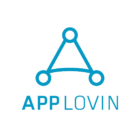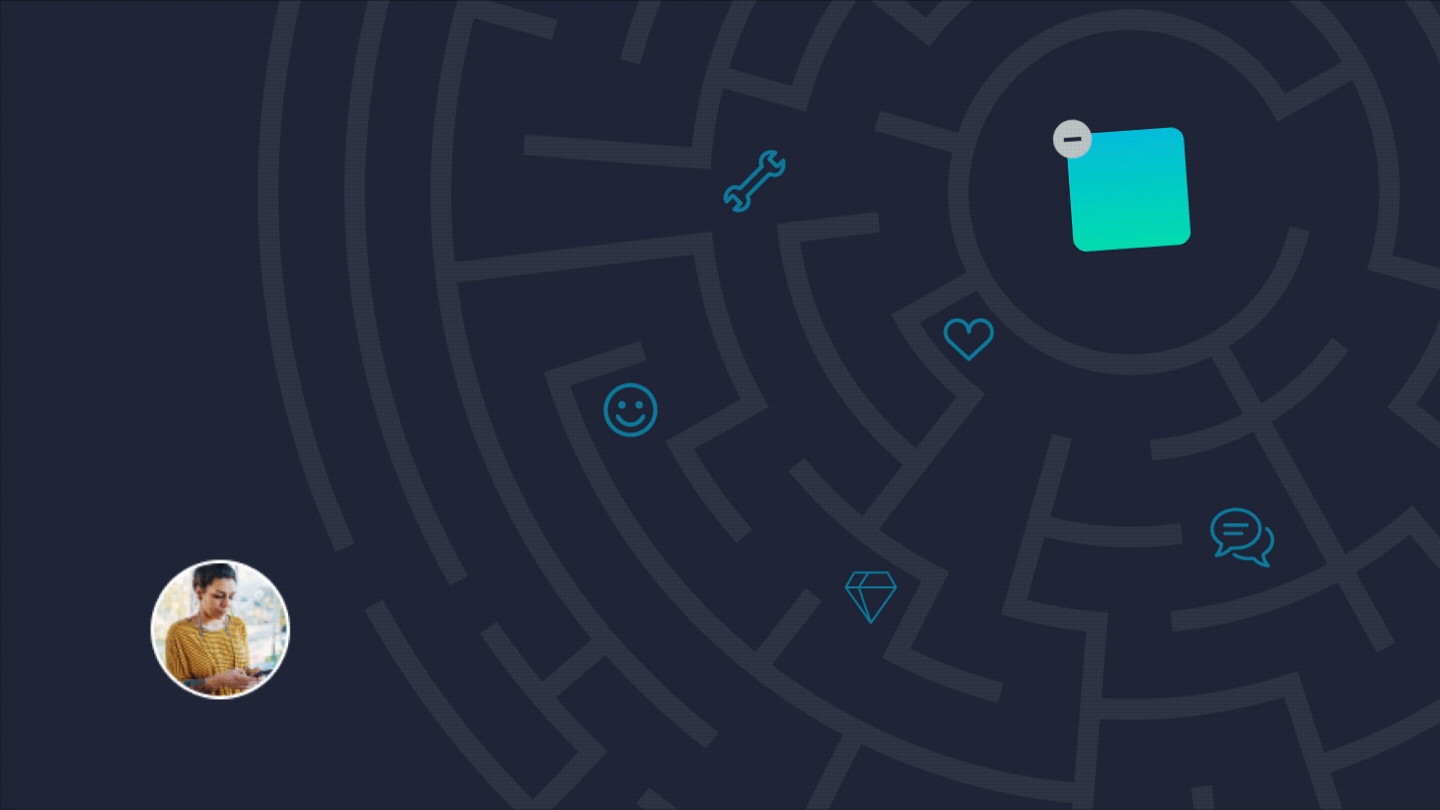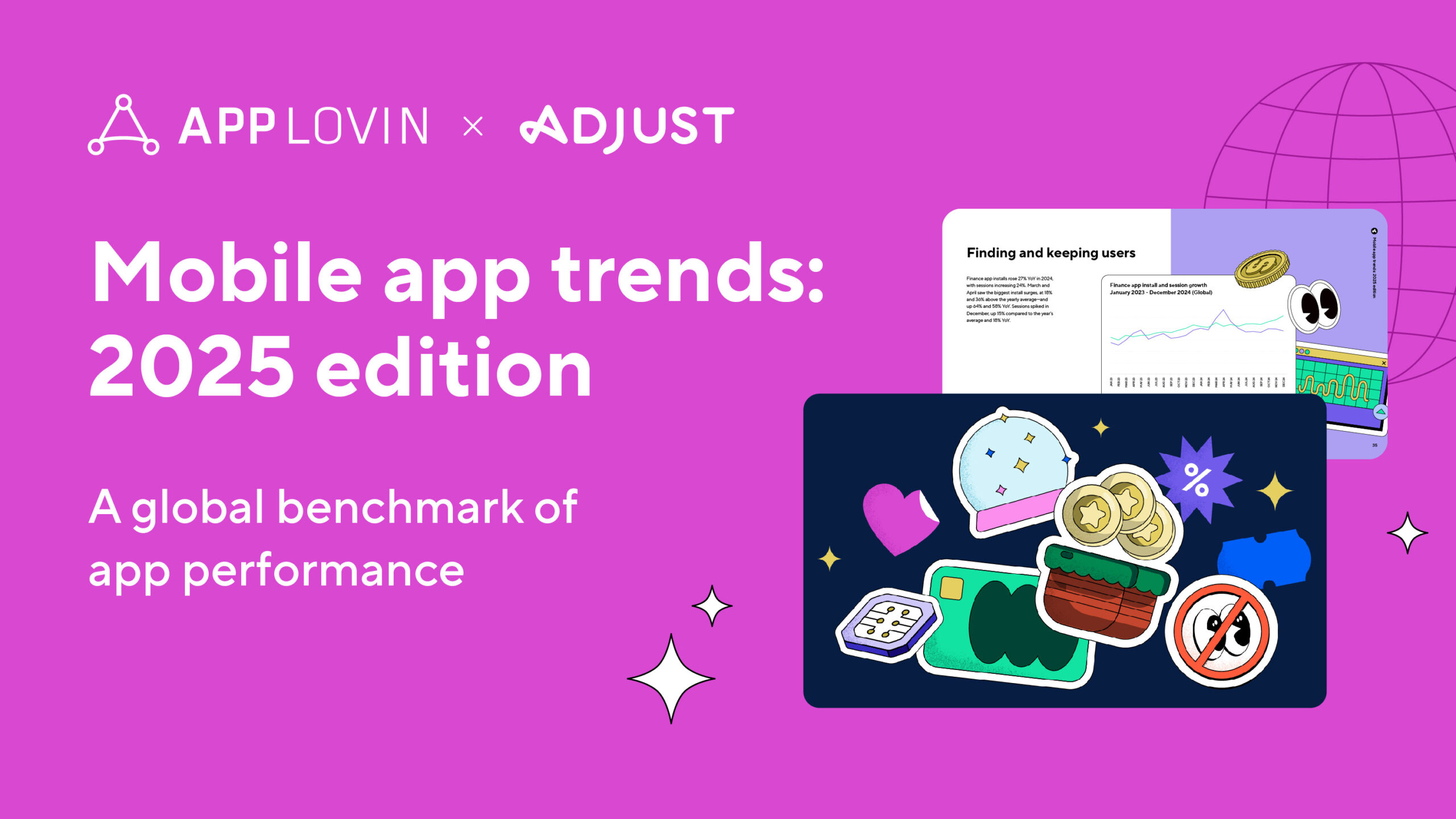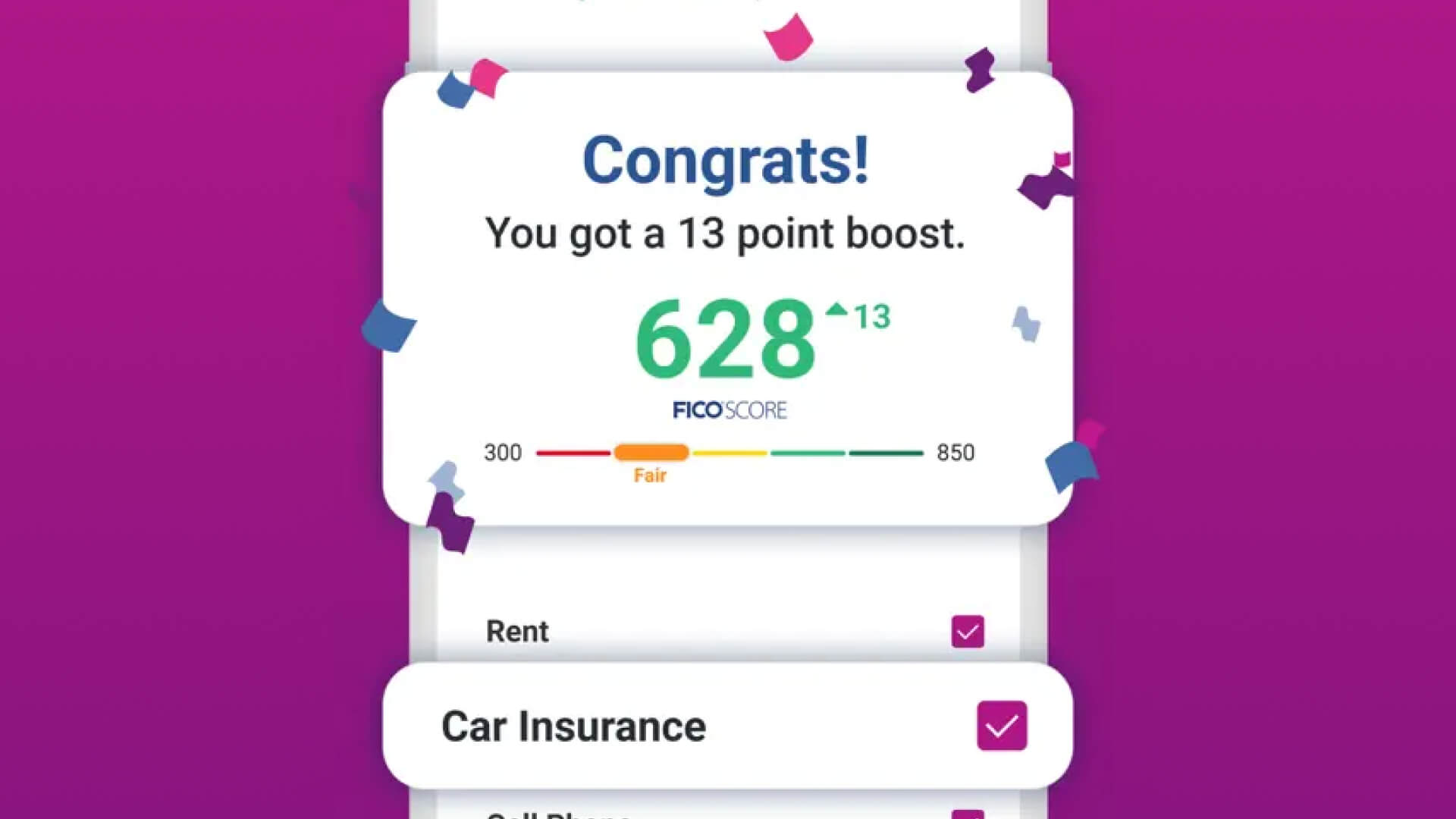User acquisition, retention, and engagement are all important KPIs — but there are a lot of ways to measure the success of your mobile app. Measuring user churn rate — how many users uninstall your app and at what point they do so — is equally critical. And while it will never be a metric to celebrate, it’s an important one to monitor and reduce. Here’s how.
For app developers, user churn is a fact of life. Industry experts estimate that almost 80% of users will uninstall an app the day after they install it. A week later, that number jumps again, and only 12% of users remain active. Expert Ankit Jain summarizes the behavior this way: “Users try out a lot of apps but decide which ones they want to ‘stop using’ within the first 3-7 days. For ‘decent’ apps, the majority of users retained for seven days stick around much longer. The key to success is to get the users hooked during that critical first 3-7 day period.”
That doesn’t give you a lot of time to win over users. Successful developers have to work quickly and analyze when, where, and why churned users are abandoning ship. Simply put, developers have to make sure users see and appreciate the value of an app right away — and fall in love with it soon after.
Stop user churn before it starts
Before we dig into tactics to lower uninstall rates, there are some important stats to consider right off the bat:
- 29% of users will uninstall an app immediately if they don’t find it useful.
- 70% will abandon an app that takes too long to load. In fact, 43% of users find it unacceptable to wait more than three seconds.
- 50.6% of users will uninstall an app that takes up too much storage space.
These are all factors you’ve thought about early on, no doubt — but they’re still important to keep in mind as you bring your app to market. There’s no churn reduction strategy in the world that can defeat a poor user experience. If the app hangs for 30 seconds or takes up half of a phone’s storage space, can you blame a user for uninstalling it?
Assuming you’ve already tackled these fundamental issues, there are ways to win over users within the first day they’ve downloaded your app. These strategies focus on retention and engagement. If you can boost these metrics, churn reduction will follow.
Five smart ways to reduce user churn
Make Onboarding Awesome
Onboarding is the first touchpoint your users have with your app. Make sure it’s a fantastic experience. A few tips to make onboarding simple, clean, and efficient:
- Make your value proposition as quickly as possible. Give your users the opportunity to fall in love with your app as soon as you can. Remind them upfront how your app helps them solve a problem. As you highlight features throughout onboarding, tie them to solutions for the user, rather than going on about how cool they are. As Jason Fried of Basecamp put it, “Here’s what our product can do” and “here’s what you can do with our product” sound similar, but they are completely different approaches. Focus on the latter.
- Make sure registering for your app (if required) is as fast and simple as possible. Asking users to provide personal information and 20 permissions upfront is a huge mistake. Don’t ask for more information than you need. You can always get more later once you’ve earned the user’s trust. But if someone is opening your app for the first time, making them jump through hoops before they’ve seen the value of your app is a one-way express ticket to Churnville.
- Don’t overwhelm new users. Great onboarding requires a careful balance of the information users need to know now and information that can wait until the moment they need it. You don’t want to overwhelm anyone with more than they can handle. If your app is in a category that’s been around for a while, a full tour may not even be necessary. Unless your app represents an entirely new experience, consider progressive onboarding, which allows users to explore the app on their own and presents helpful prompts contextually, as they need them. Of course, if your app is truly unique, you’ll need to offer more guidance.
Read more Onboarding Best Practices
Personalize The Experience
For the last five years or more, users haven’t just wanted personalization, they’ve expected it. Creating a personalized experience doesn’t demand personal or demographic data. You can learn a lot about users from the way they interact with your app. We see shopping apps do this all the time: explore or buy a few items, and suddenly your app and notifications are peppered with related products. It’s also the reason we love apps like Spotify, Netflix, and YouTube.
These apps learn our habits through careful in-app event tracking so every time we open them, the experience is uniquely ours. Think about how you can tailor your app’s experience to your users based on the features they use most, the rewards they like best, the times when they use the app, and other factors.
Stay in Touch
Stay connected with your users through in-app messaging, push notifications, social media, and/or email. While you don’t want to spam your users, you do want to stay in touch, so message purposefully. Let users know about special in-app events that might interest them, send notifications when their friends are online, remind them of an upcoming sale, or just thank them for being their awesome selves with a special discount or other in-app offers.
These communications can be made even more effective with deep linking, which can take users to a specific page within the app or game. A great example would be if a user had to leave a game in the middle of a tournament, a reminder could be sent to that user, encouraging them to jump back in before the competition ends. A deep link could take them to the exact spot they left in the game, without even having to manually open the app.
Give Rewards Generously and Strategically
Time-sensitive rewards are a great way to entice users to keep coming back! For example, in mobile games, daily challenges and in-game currency work well. In retail apps, limited discounts and gifts with purchases are effective. The key is making sure the reward is valuable to your users, and ideally, tied to key features of your app. Offering rewards for “streaks” or consecutive daily logins is also effective.
Anyone who has ever used Snapchat (or has a teen who uses Snapchat) can attest to this. Similarly, the app-exclusive rewards offered by so many retailers and restaurant chains work well to keep users engaged and away from competitors — while also preventing them from uninstalling.
Plug the Leaks
The best way to prevent churn is to figure out why users are uninstalling your app — and then fix it. Review your analytics to determine at exactly which point in their journey folks are jumping ship. Is there a page or feature that isn’t working properly? Are you overwhelming them with tutorials at onboarding? Maybe you’re annoying users with too much messaging, or using messaging and other content in ads that don’t represent what’s actually in your app. Any of these issues can be discovered by taking a thorough look at your analytics.
By paying attention to why users are abandoning your app, you’ll be able to chart a course to better engagement and retention, both of which work in lockstep with user churn reduction. As the app market continues to heat up, having a strategy to reduce app churn will be critical to the success of your business. By focusing on your app’s experience and keeping users engaged, you’ll be able to keep abandonment low — and LTV high.
Stop user churn — work with the pros
Companies rely on AppLovin’s market-leading solutions and industry expertise to help optimize their monetization strategies and perform mission-critical functions, including growing and retaining new users.
To learn more, reach out to your AppLovin account team or open an account today.









